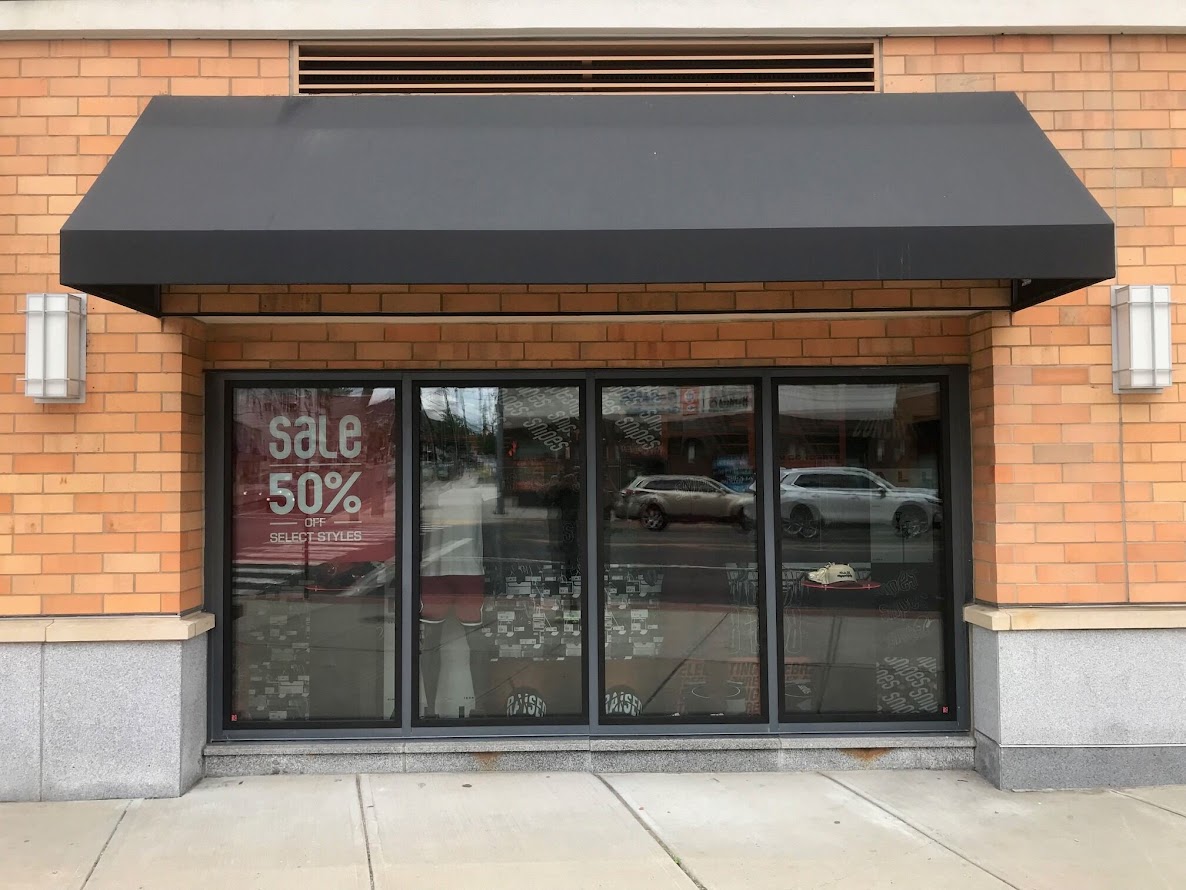Retail design isn’t just about creating an inviting shopping atmosphere that attracts and engages customers. A store’s design can — and should — also play a vital role in loss prevention.
In fact, some of the main principles of retail design, like lighting and layout, are relevant to retail loss prevention systems as well.
What Are the Main Principles of Retail Design?
Retail design combines interior design with strategic visual merchandising to create shopping spaces that draw customers in, provide a comfortable and enjoyable shopping experience, and reflect the essence of a brand, ultimately helping drive sales and reinforce brand identity. It’s a crucial part of retail marketing that goes beyond tactics like running ads and offering discounts.
Key principles of effective retail design include:
- Strategic Layout and Flow
- Lighting Design
- Merchandising and Displays
- Technology Integration
- Entrances and Exits
- Material Selection
1. Strategic Layout and Flow
The layout of a store influences how customers move through the space, their exposure to products, and their overall experience.
Strategic layouts are tailored to maximize space utilization and guide customers toward featured merchandise, while clear pathways and intuitive navigation are critical for maintaining a seamless flow.
2. Lighting Design
Lighting sets the tone for the shopping experience. Bright, evenly distributed lighting can make a space feel welcoming and highlight products effectively, while accent lighting adds emphasis to displays or promotional items. A combination of natural and artificial lighting enhances both ambiance and functionality.
3. Merchandising and Displays
Merchandising is about presenting products in a way that attracts attention and encourages purchase. Well-organized displays, engaging focal points, and creative visual storytelling create a connection between the customer and the products. Seasonal and thematic displays are also key tools in keeping the store environment fresh and relevant.
4. Technology Integration
Modern retail design often incorporates technology to add to the shopping experience. This might include digital signage for promotions, interactive displays, or touchpoints like self-checkout stations. When implemented thoughtfully, these tools increase customer engagement while streamlining operations.
5. Entrances and Exits
The design of a store’s entry and exit points sets the tone for the customer journey. A welcoming entrance draws people in, while clearly marked exits ensure a smooth transition out of the space. These areas are often designed with high-impact branding and strategic product placement to make strong first and last impressions.
6. Material Selection
The materials used in retail design contribute to the overall atmosphere and functionality of the space. High-quality, durable materials ensure longevity in high-traffic areas, while finishes like wood, metal, or glass can reinforce the brand’s identity and aesthetic.
Sustainable material choices are also becoming increasingly important, reflecting both environmental considerations and consumer preferences.
How These Same Retail Design Principles Apply to Security
By focusing on the above principles when designing a store, retailers can create environments that draw in customers, keep them engaged, and encourage repeat visits.
Taking the same principles into account when designing a store’s security system can also help retailers take a multi-layered approach to their security, incorporating security measures into every element of their store design.
Strategic Layout and Flow
A well-planned store layout minimizes blind spots and improves visibility for both staff and security cameras to deter theft.
For example, placing high-value merchandise in areas with clear sightlines, near staffed counters, and away from doors reduces opportunities for theft.
Additionally, creating logical pathways for customers to follow can help guide them through the store while subtly discouraging loitering in less visible areas.
Lighting Design
Proper lighting doesn’t just set the tone for the shopping experience — it’s also essential for effective security.
Bright, evenly distributed lighting in all areas, but particularly in corners, dressing rooms, and storage areas, helps eliminate potential hiding spots.
Exterior lighting around entrances, exits, and parking lots is equally crucial for deterring after-hours break-ins and ensuring customer safety at night.
Merchandising and Displays
Security-conscious merchandising ensures that high-risk items are displayed in a way that deters and prevents theft while still being visually appealing.
For instance, using lockable steel or aluminum security cases for small, valuable items like electronics, jewelry, or luxury goods adds an extra layer of protection for the most at-risk merchandise.
Technology Integration
Modern retail security relies heavily on technology. Small, unintrusive security cameras can be strategically placed to monitor key areas without disrupting the store’s aesthetic and can be monitored remotely 24/7, facilitating a quick response to security-related incidents.
Additionally, implementing facial recognition technology or AI-powered surveillance systems can help retailers and security teams track suspicious behavior in real-time.
Other integrated systems, like RFID tags and alarm triggers, can be blended seamlessly into the retail design while adding robust protection and helping reduce retail shrink.
Entrances and Exits
Entrances and exits are critical control points for security. Installing anti-theft systems at exits, such as EAS (Electronic Article Surveillance) gates, helps deter shoplifters.
Additionally, positioning security personnel or greeters at these points not only adds customer service, but also acts as a visual deterrent for would-be thieves and helps shoppers feel more secure.
Emergency exits should also be well-marked but monitored to prevent unauthorized use, and doors to inventory storage rooms should be secured with access control systems. Back doors should also be secured using forced entry-resistant security doors to prevent break-ins and burglary.
Material Selection
The materials used in retail design can also double as security measures. For example, installing impact-resistant security glass or polycarbonate-based glazing over storefront display windows and doors helps protect against forced entry, smash-and-grab theft, rioting and looting, and vandalism.
For a final outer layer of security, stores can implement roll-down security shutters that lock into place after business hours, protecting the entire storefront during its most vulnerable hours while maintaining its curb appeal during the day.
Conclusion
Retail design and security work best when integrated. When you apply key design principles to both customer experience and loss prevention, you can create a space that is welcoming, functional, and secure. A multi-layered approach that combines aesthetic appeal with practical security measures helps protect merchandise, staff, and customers while ensuring a seamless shopping experience.
Thoughtful store design doesn’t just support your brand — it reinforces your business’s resilience against modern retail security threats, protecting your bottom line and your reputation!
Looking for some guidance on integrating your retail store design and security? Look no further than QMi! Contact us today to get started.

